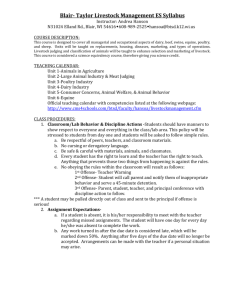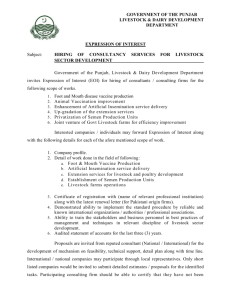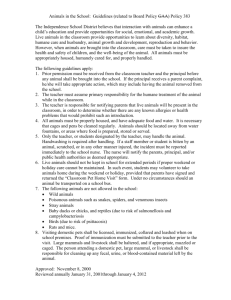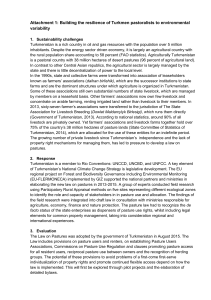Feedback on Livestock HLPE Report
advertisement
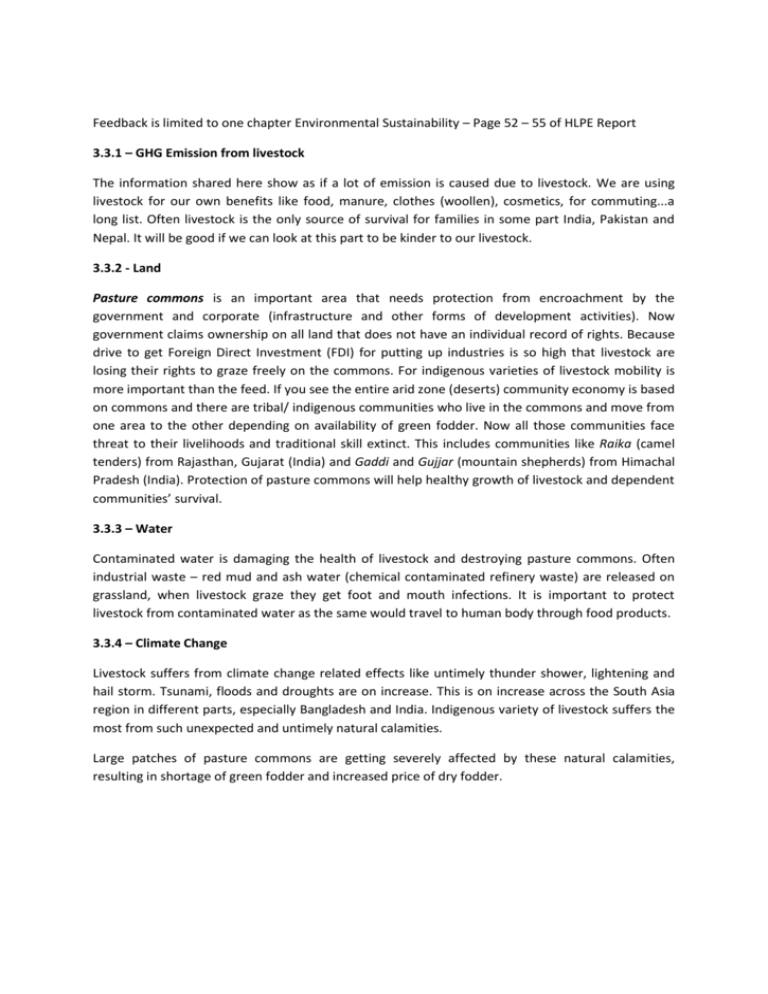
Feedback is limited to one chapter Environmental Sustainability – Page 52 – 55 of HLPE Report 3.3.1 – GHG Emission from livestock The information shared here show as if a lot of emission is caused due to livestock. We are using livestock for our own benefits like food, manure, clothes (woollen), cosmetics, for commuting...a long list. Often livestock is the only source of survival for families in some part India, Pakistan and Nepal. It will be good if we can look at this part to be kinder to our livestock. 3.3.2 - Land Pasture commons is an important area that needs protection from encroachment by the government and corporate (infrastructure and other forms of development activities). Now government claims ownership on all land that does not have an individual record of rights. Because drive to get Foreign Direct Investment (FDI) for putting up industries is so high that livestock are losing their rights to graze freely on the commons. For indigenous varieties of livestock mobility is more important than the feed. If you see the entire arid zone (deserts) community economy is based on commons and there are tribal/ indigenous communities who live in the commons and move from one area to the other depending on availability of green fodder. Now all those communities face threat to their livelihoods and traditional skill extinct. This includes communities like Raika (camel tenders) from Rajasthan, Gujarat (India) and Gaddi and Gujjar (mountain shepherds) from Himachal Pradesh (India). Protection of pasture commons will help healthy growth of livestock and dependent communities’ survival. 3.3.3 – Water Contaminated water is damaging the health of livestock and destroying pasture commons. Often industrial waste – red mud and ash water (chemical contaminated refinery waste) are released on grassland, when livestock graze they get foot and mouth infections. It is important to protect livestock from contaminated water as the same would travel to human body through food products. 3.3.4 – Climate Change Livestock suffers from climate change related effects like untimely thunder shower, lightening and hail storm. Tsunami, floods and droughts are on increase. This is on increase across the South Asia region in different parts, especially Bangladesh and India. Indigenous variety of livestock suffers the most from such unexpected and untimely natural calamities. Large patches of pasture commons are getting severely affected by these natural calamities, resulting in shortage of green fodder and increased price of dry fodder.


